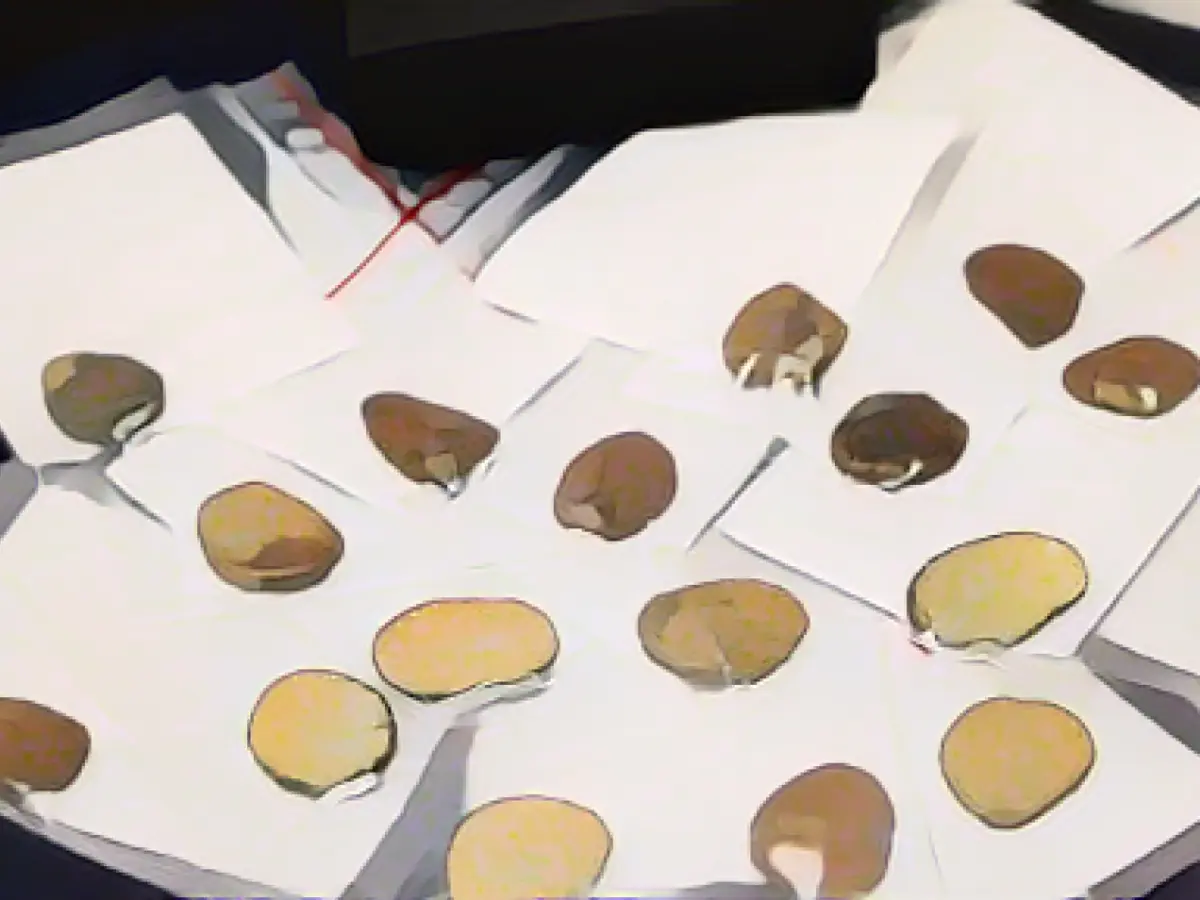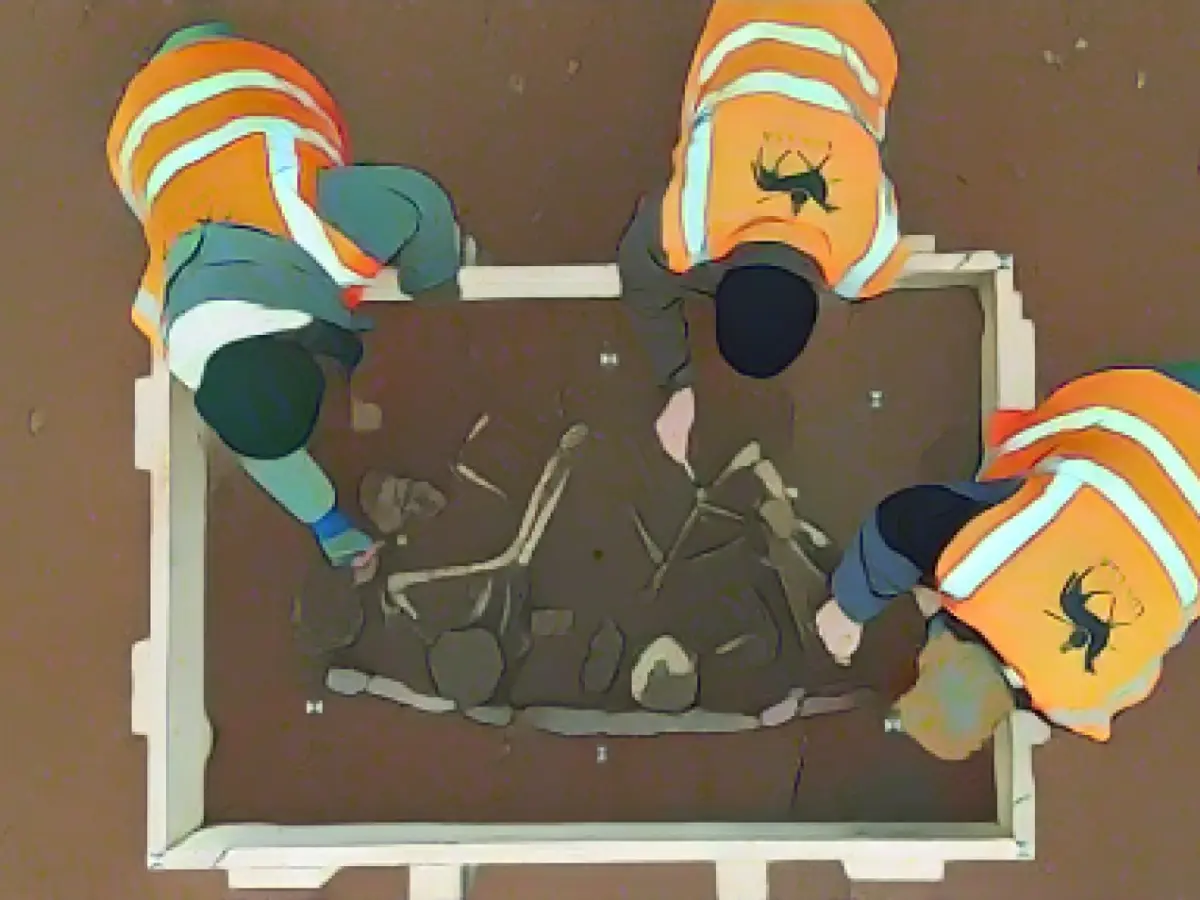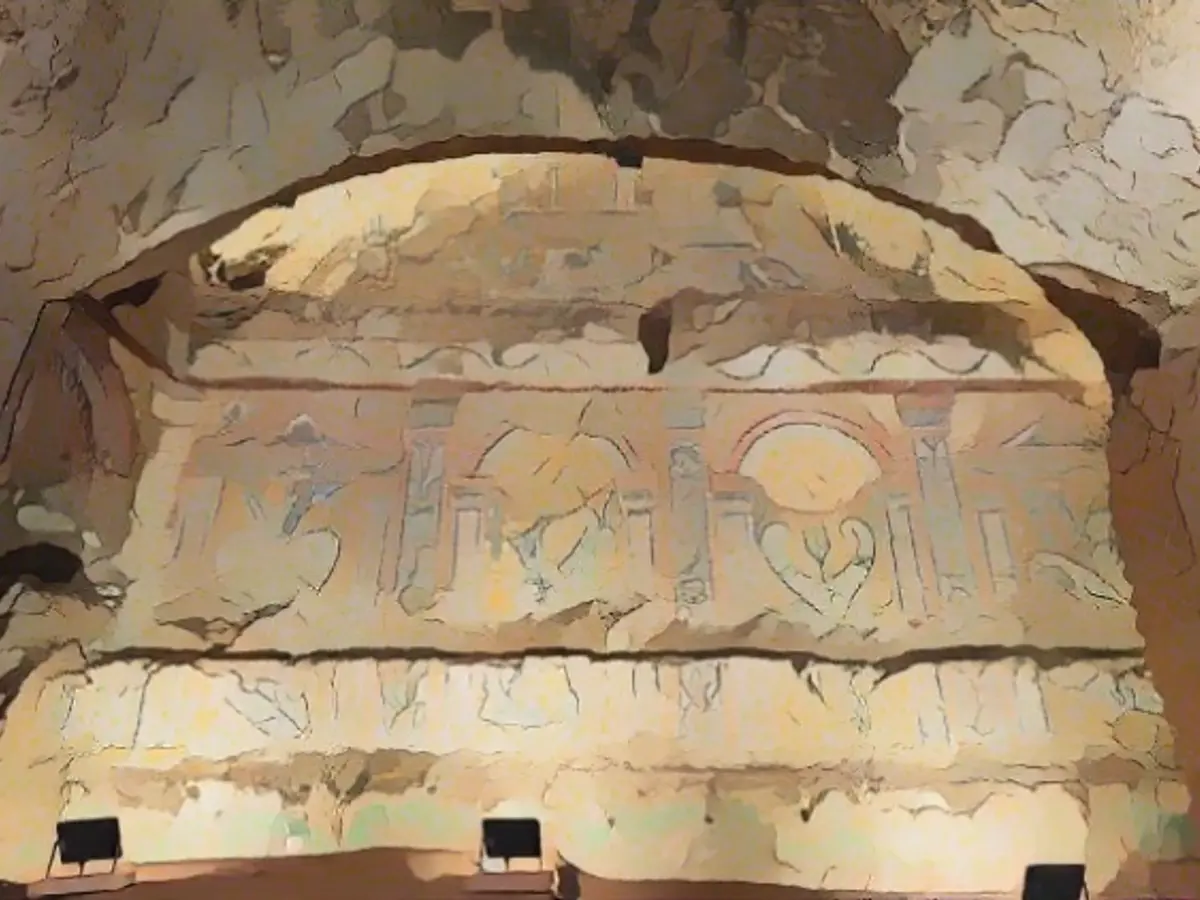Unraveling the Finnish Cemetery Mystery
For decades, archaeologists have been baffled by a discovery in Finnish Lapland - a potential Stone Age cemetery lacking any bone remains. Recent research from a team led by Aki Hakonen, an archaeologist at the University of Oulu, offers a tantalizing explanation.
The Enigma of Tainiaro
In 1959, when workers unearthed stone artifacts while excavating sand in northern Finland, no one anticipated the mystery that would remain unsolved for more than half a century. It wasn’t until the 1980s and 1990s that archaeological excavations at Tainiaro near Simo provided a glimpse into the mysterious find in the Finnish part of Lapland.
The findings, however, were inconsistent and left many unanswered questions. Despite the absence of bone remains, dozens of pits dating back to the 5th millennium BC were tentatively classified as graves. Could Tainiaro, lying just 80 kilometers below the Arctic Circle, be home to the largest Stone Age cemetery in Finland?
Solving the Puzzle
The archaeological team, led by Hakonen, undertook a meticulous analysis of existing and newly excavated graves, as well as comparing them with other known Stone Age burial sites in Finland. Intriguingly, Tainiaro’s supposed graves matched their contemporaries in terms of shape, size, and contents.
The archaeologists went on to identify around 200 potential graves, many of which were around 2 meters long and up to 1 meter wide with rounded corners. The majority displayed signs of burning, while traces of red ochre – a natural pigment often used in Stone Age graves – were also identified.
Considering Space and Time
The team was keen to address the question of why, after more than 6,500 years, no bones remained in the Tainiaro graves. In his interview with Metro.co.uk, Hakonen highlighted the paucity of limestone deposits in Finland and the majority of northern Fennoscandia. This lead to the formation of acidic soil, which could have caused bone decomposition over time.
Although no absolute evidence has emerged to support this theory, one can speculate that a combination of factors may have led to the bone loss at Tainiaro. These could include the chemical reaction between hydroxyapatite, collagen, and soil acids, the microbial activities in the soil, and the pervasive waterlogging that characterized the area's geological composition.
Future Steps
Hakonen’s theory, if proven, would shed new light on the archaeology of Finland and Europe during the Stone Age. The ongoing research has already provided valuable insights into the region’s social and burial practices during that period.
However, the archaeologist admits that their work is far from complete. Further excavations are needed to uncover the full range of artifacts found in these graves and to deepen our understanding of the area’s cultural and historical significance.
Cementing Tainiaro’s Place in History
As the mystery surrounding the Tainiaro cemetery unfolds, it calls for a reevaluation of our understanding of Stone Age culture in the Arctic Circle. Until then, the study of Tainiaro and the findings at the site will continue to captivate and challenge archaeologists worldwide, offering a glimpse into a period in human history often shrouded in mystery and legend.
Related Readings
Insights from Enrichment Data
The key factors contributing to bone loss in prehistoric graves – or any organic matter more generally – include diagenetic processes, microbial influences, and soil composition. Diagenesis refers to the chemical and geological changes that affect organic materials when buried in an environment prone to acidity.
Microorganisms often thrive in anaerobic conditions, which can significantly contribute to the decomposition of organic matter like bone. Moreover, the presence of sulfate-reducing bacteria in acidic soil can release sulfuric acid, further accelerating the decomposition process. Overall, a crucial combination of these factors inevitably leads to the loss of bone remains in prehistoric graves.
References: [1] Jørgensen B (2007) Diagenetic processes – effects on palaeoenvironmental interpretation. In: Jørgensen B, Wilke J, Ingelmark B (eds) Diagenetic processes and diagenetic archives. The Swedish Natural History Museum and University of Copenhagen, Stockholm, Sweden, pp 3-22.
Source:








